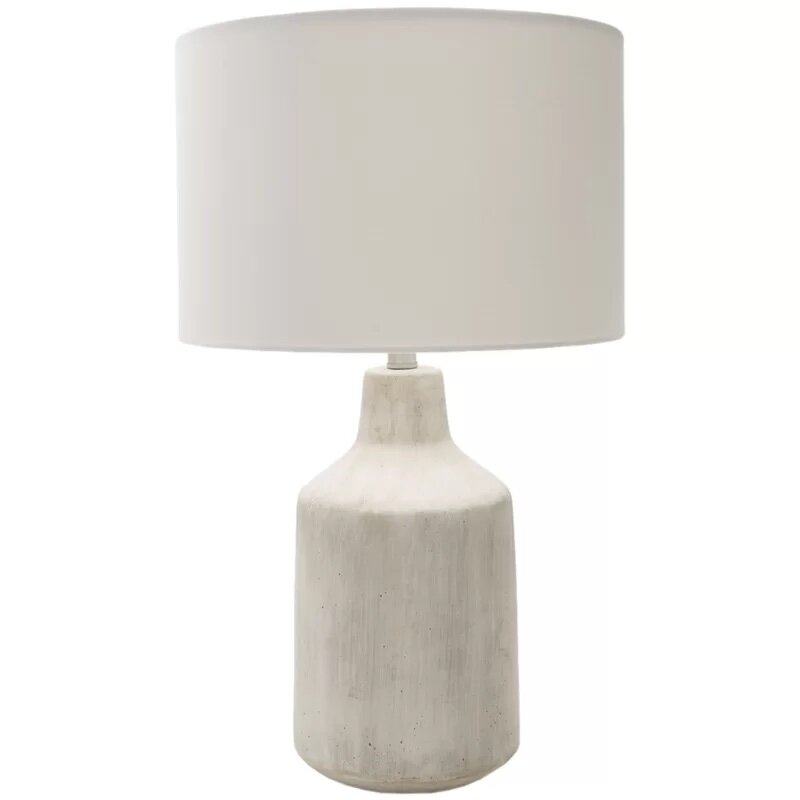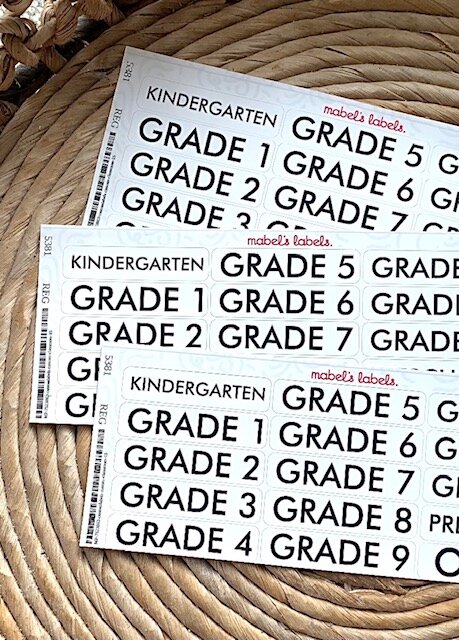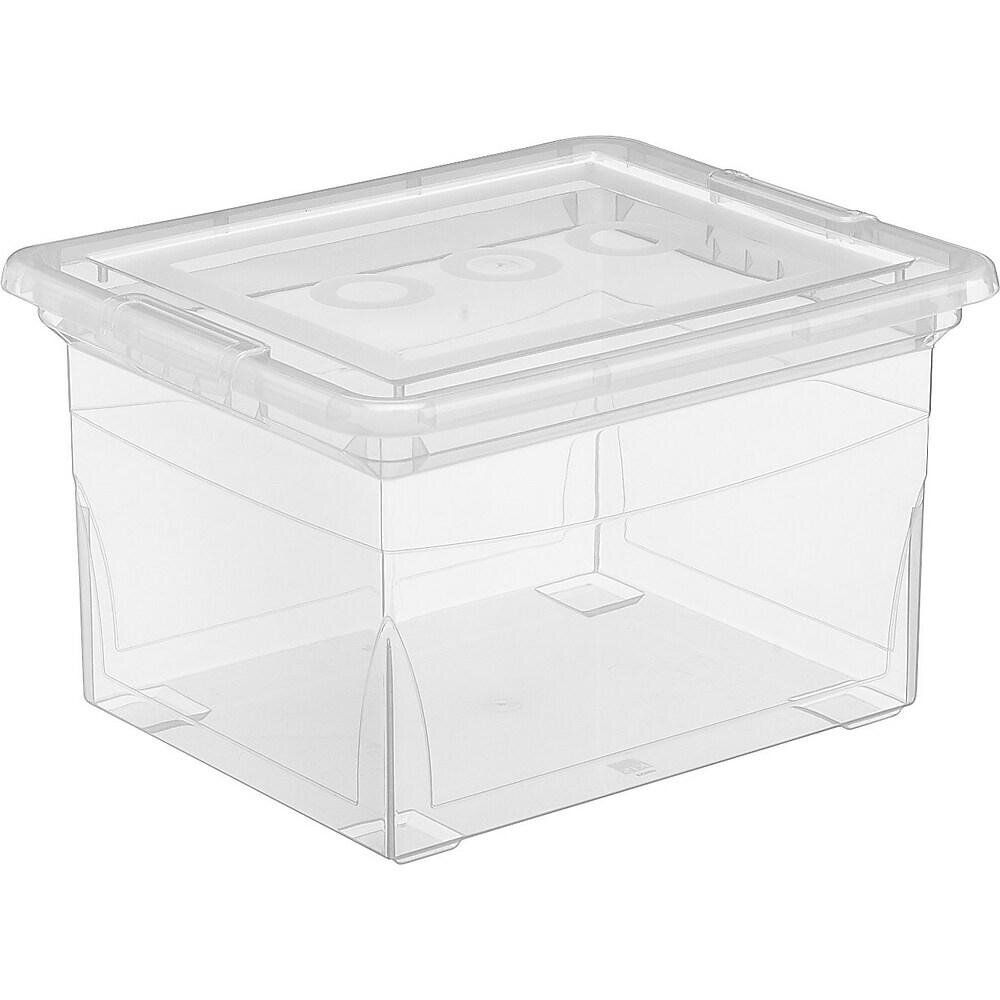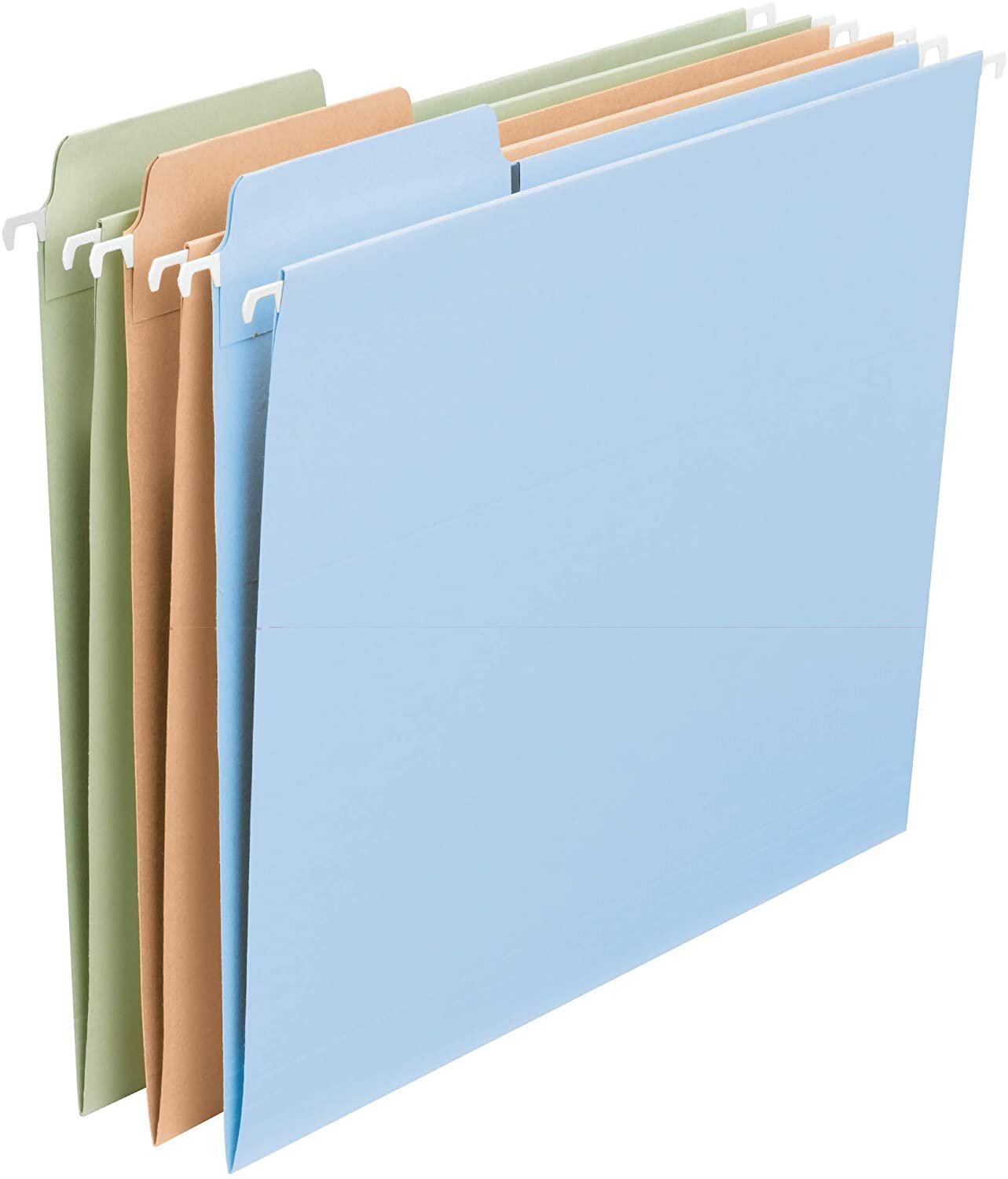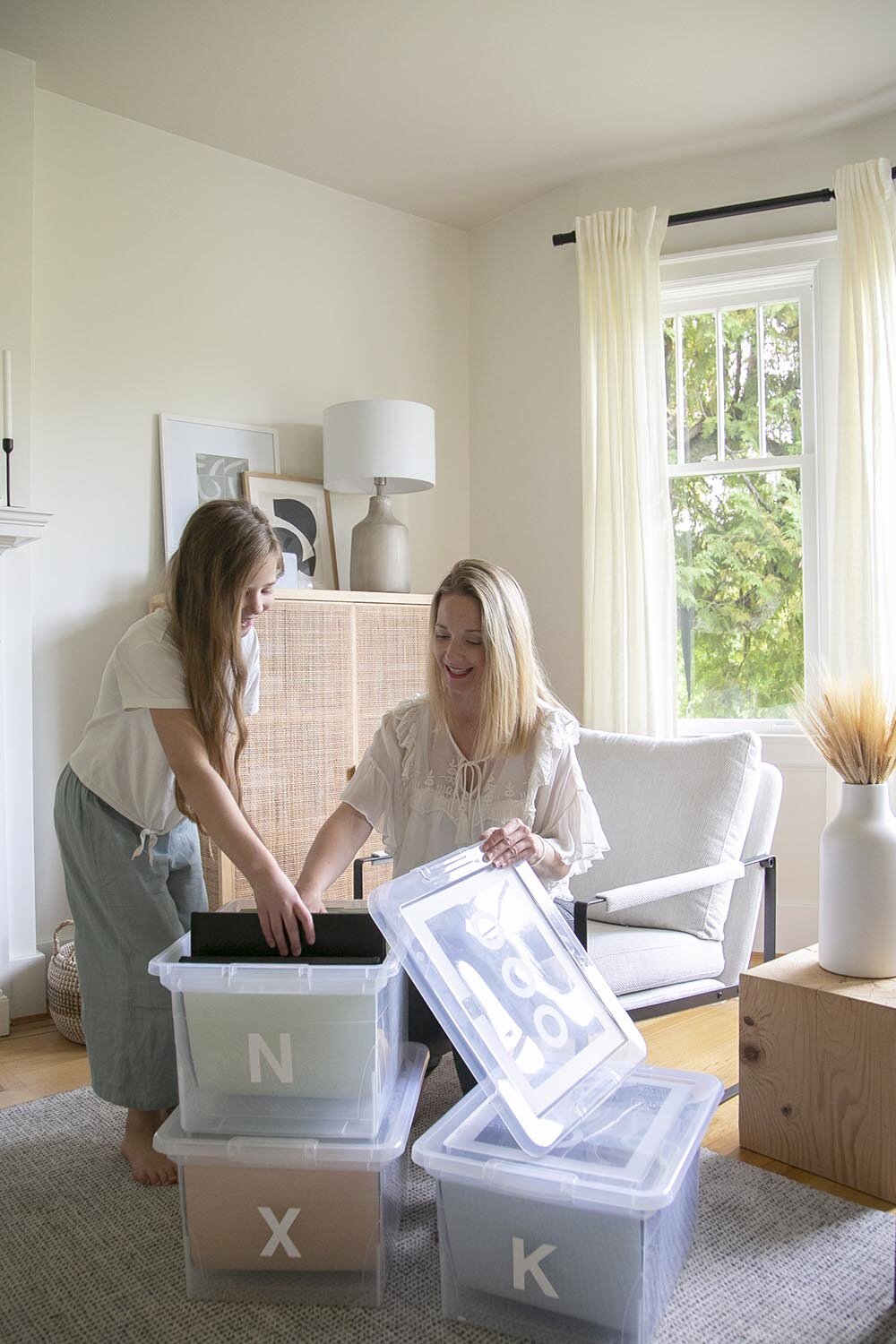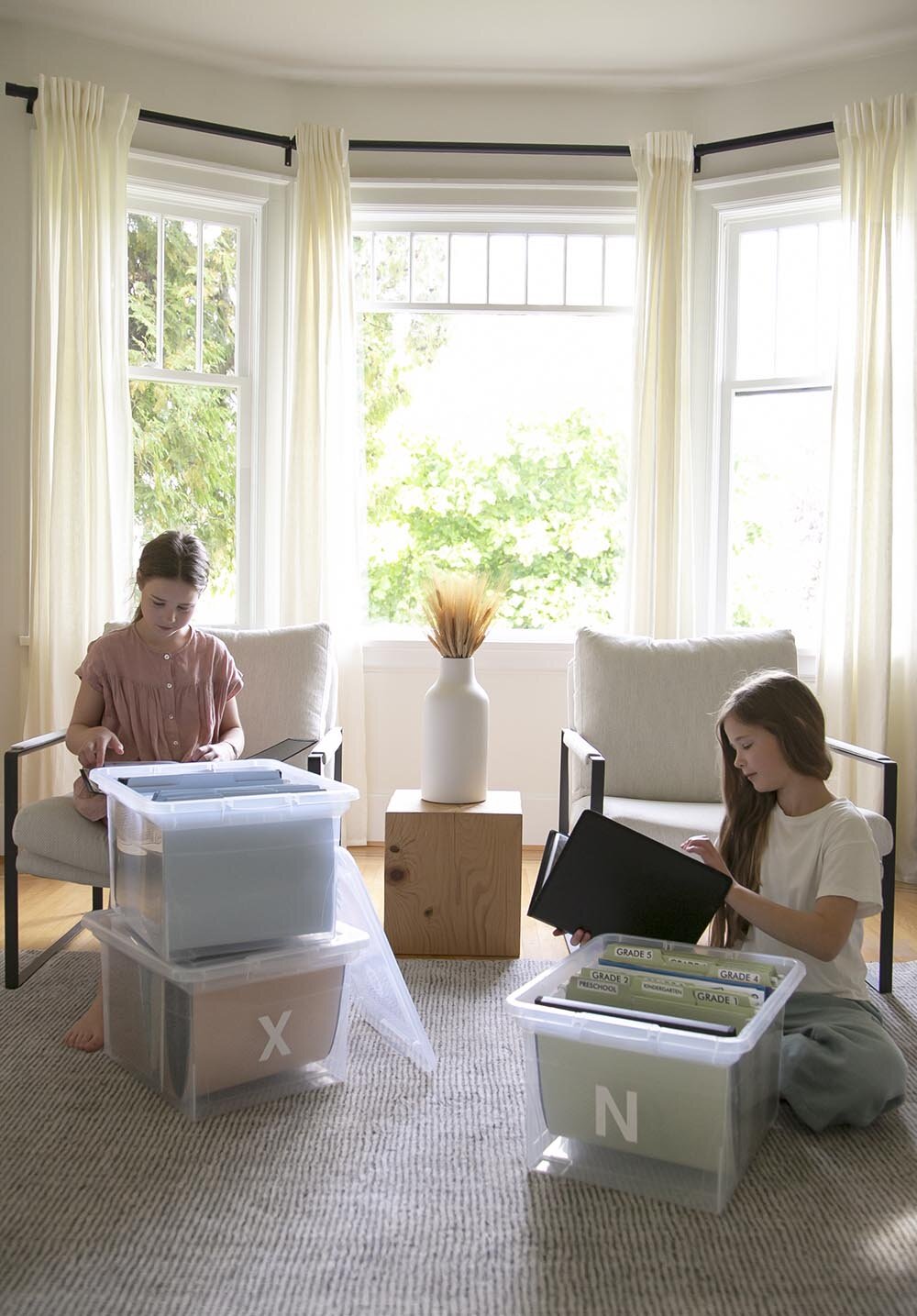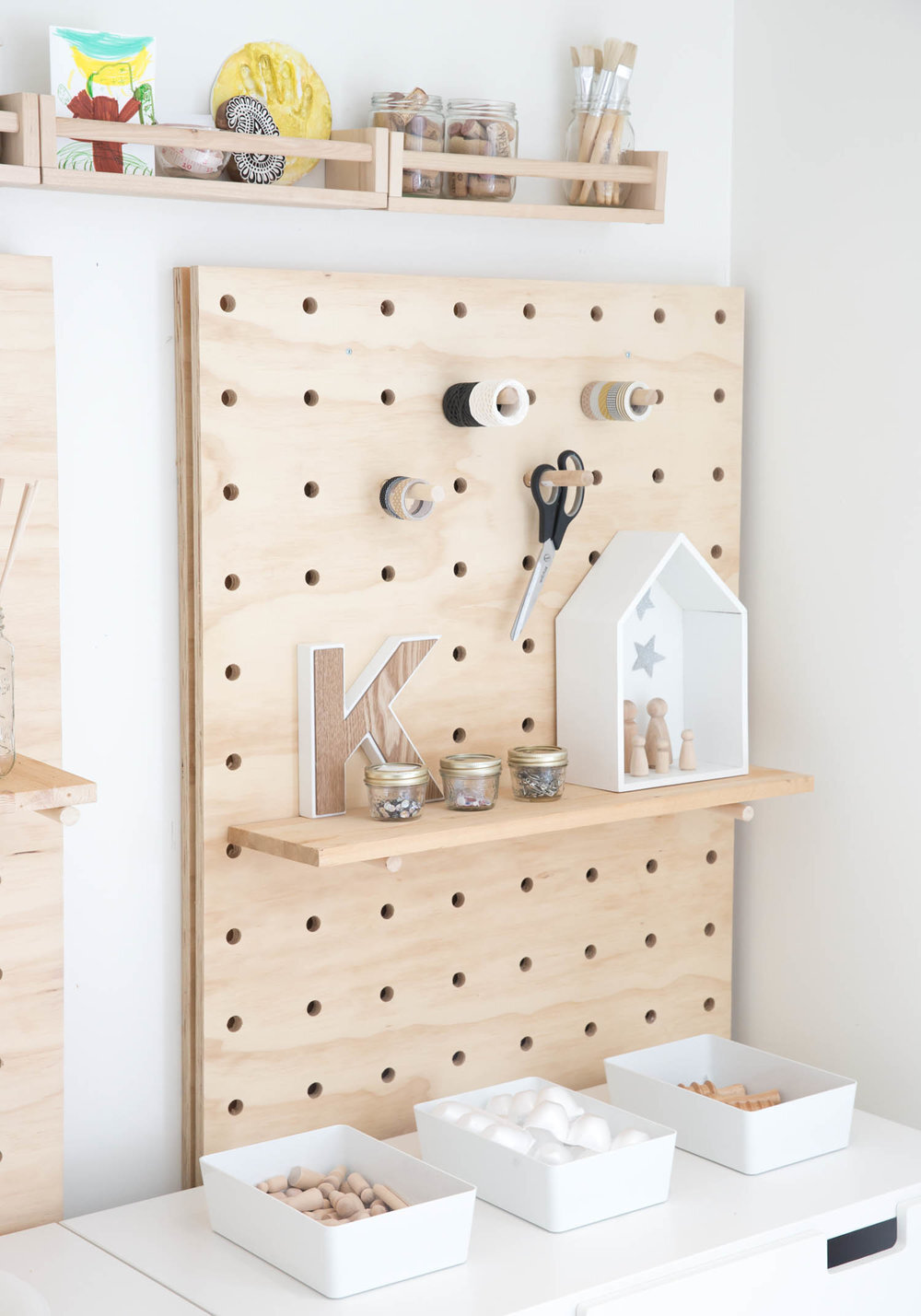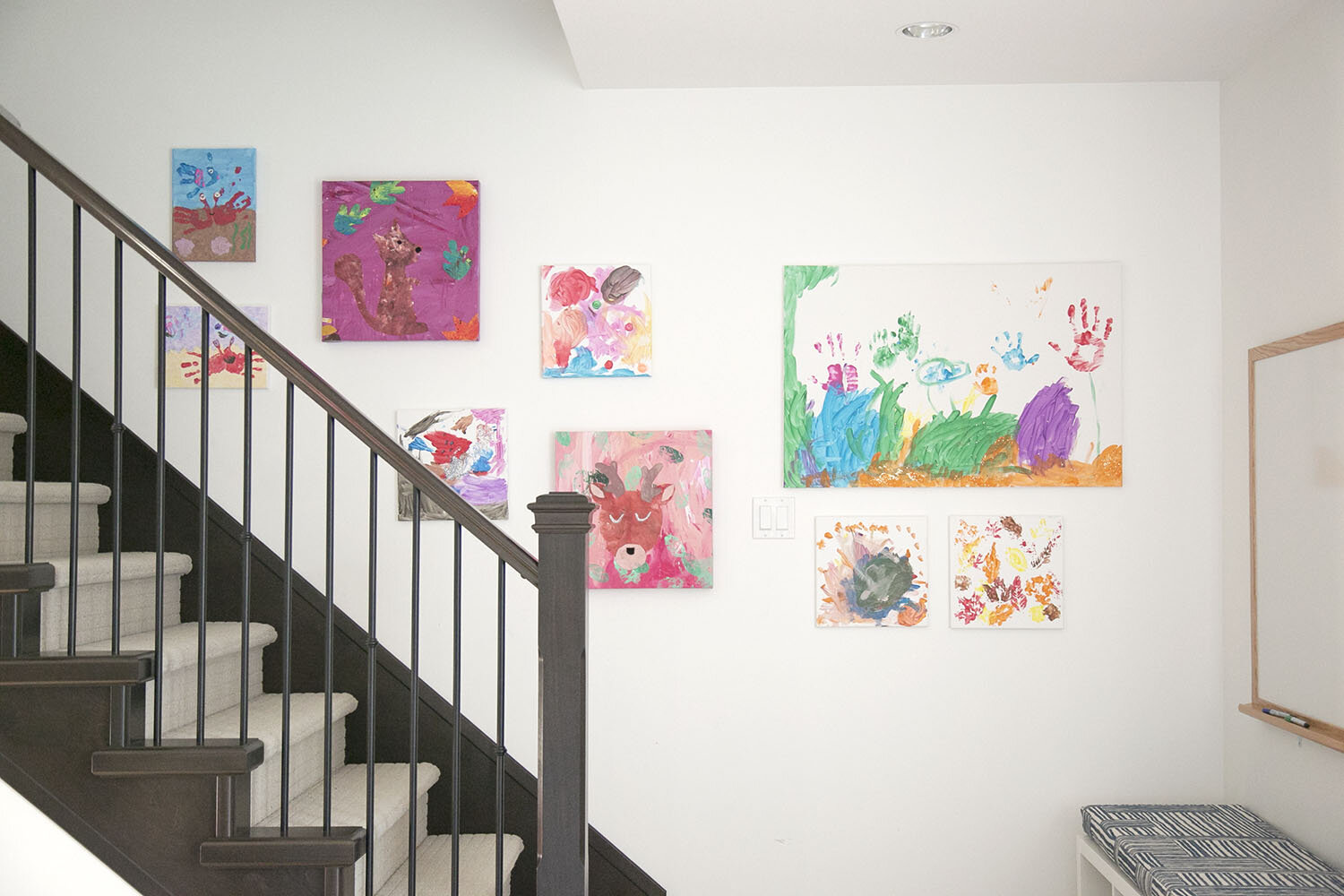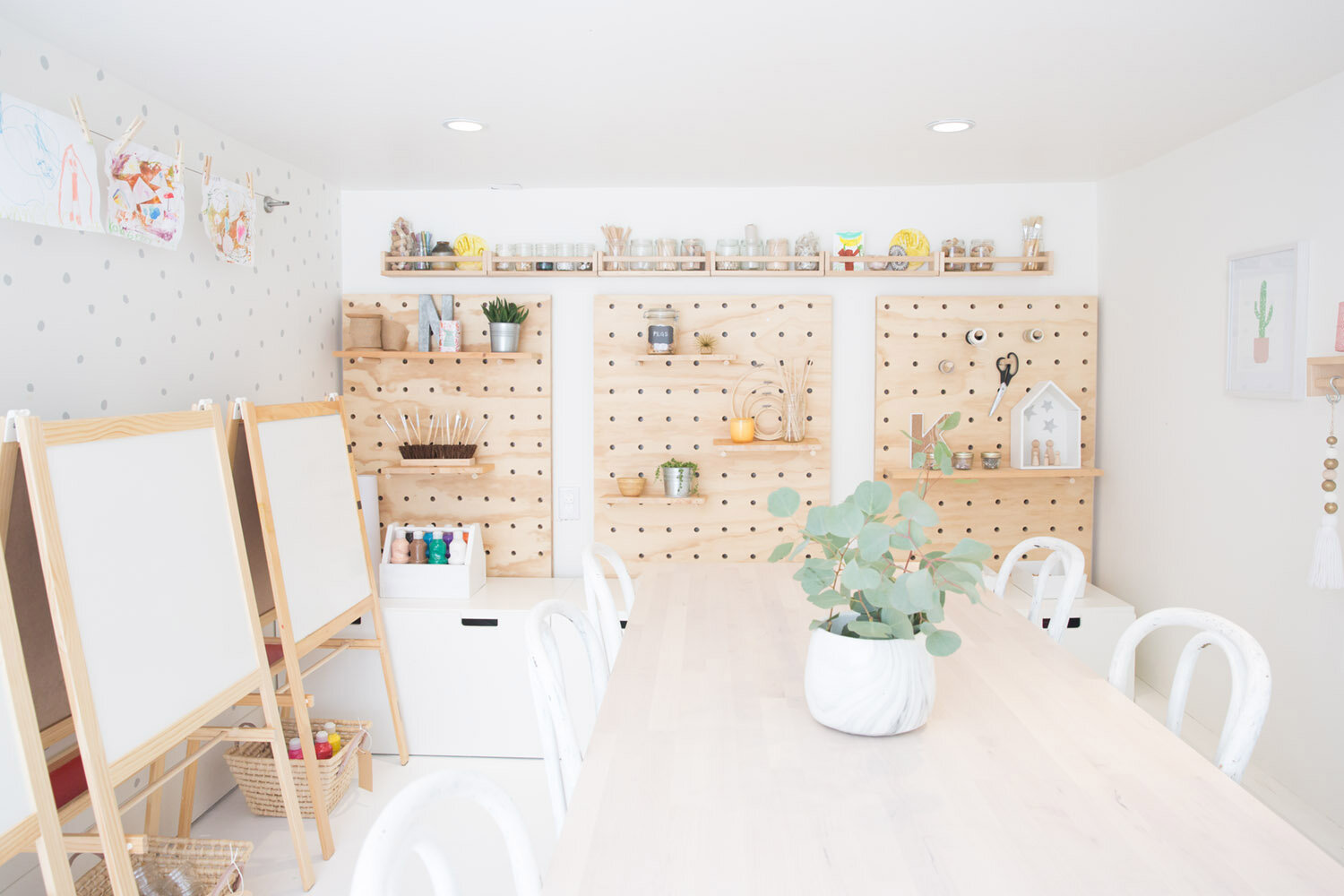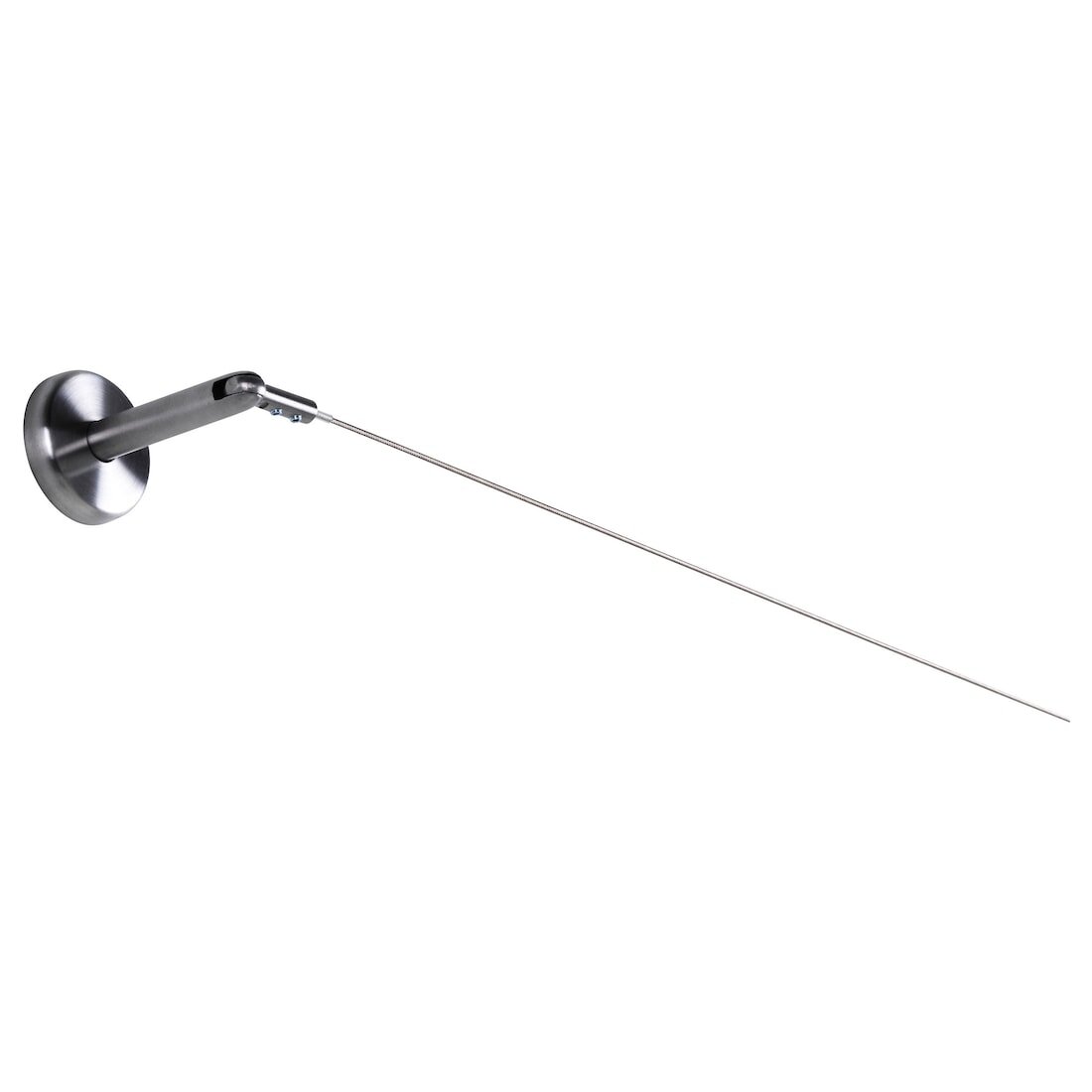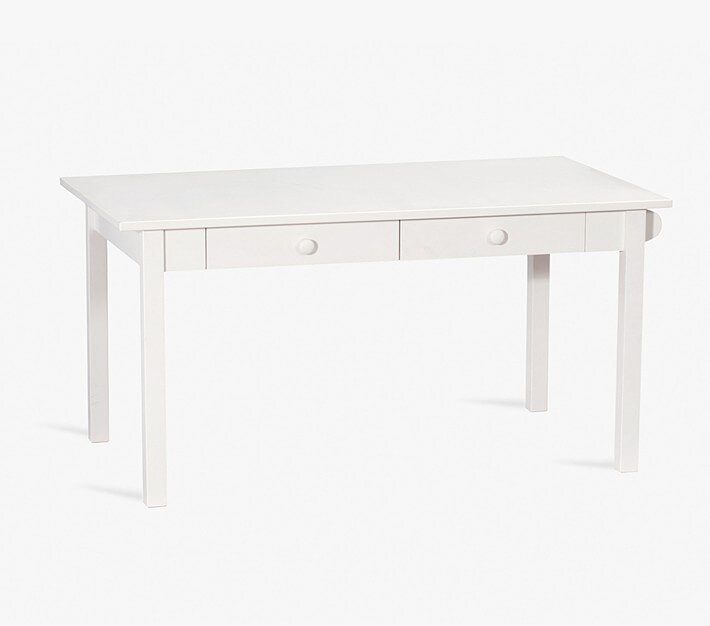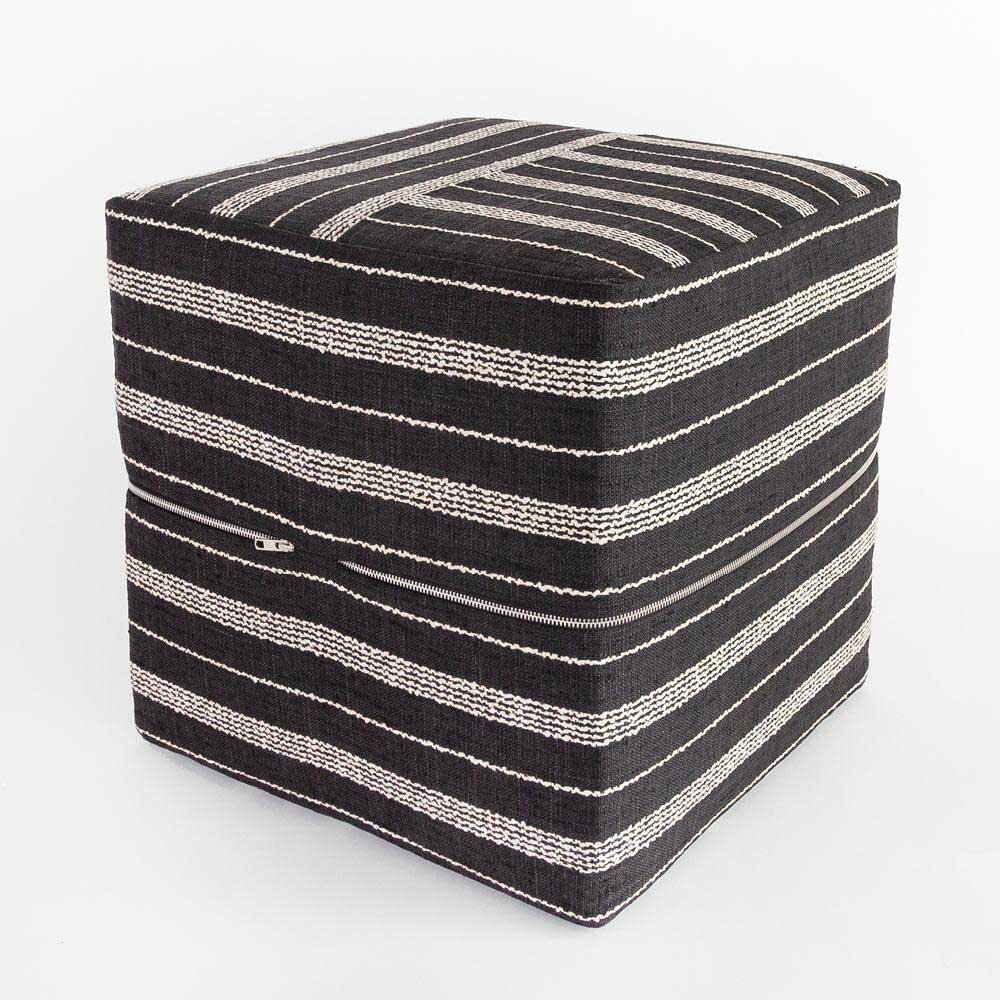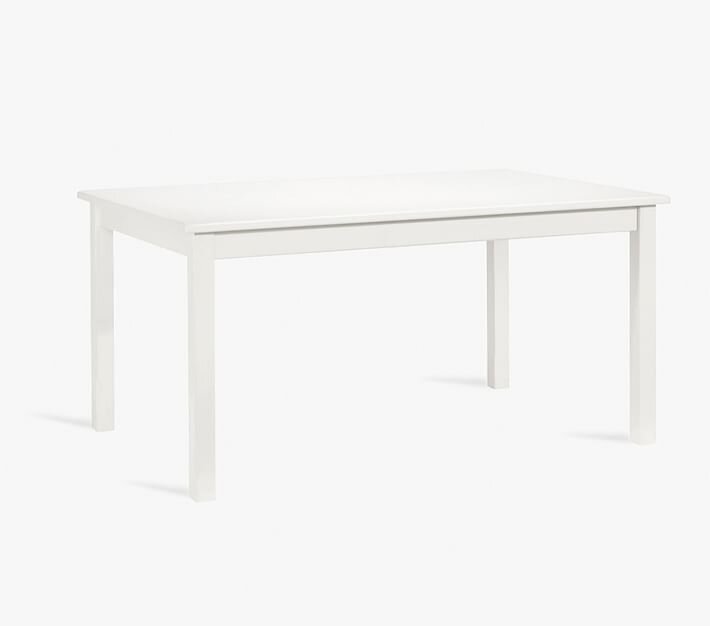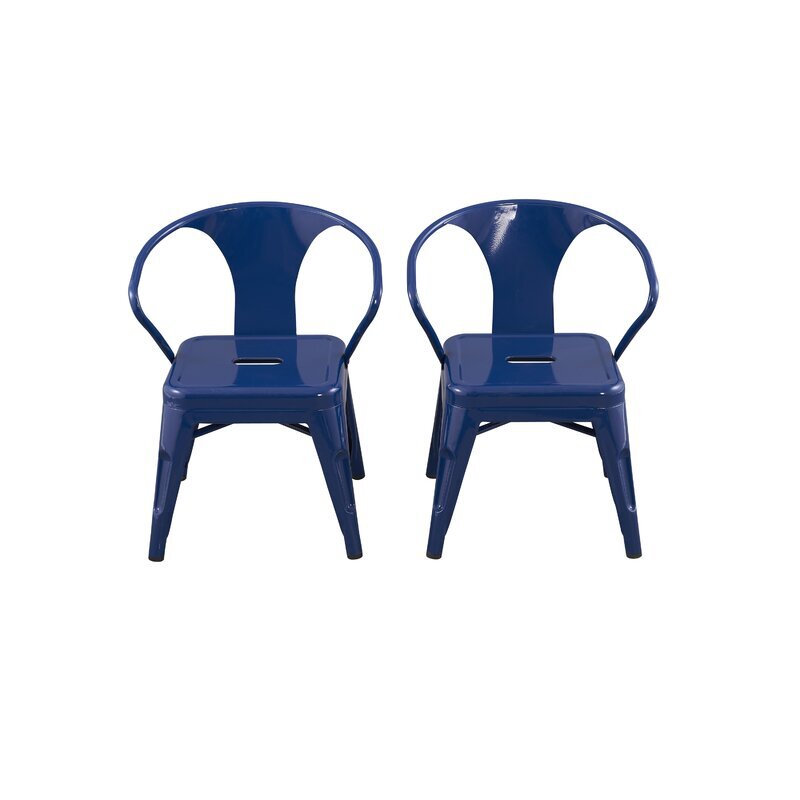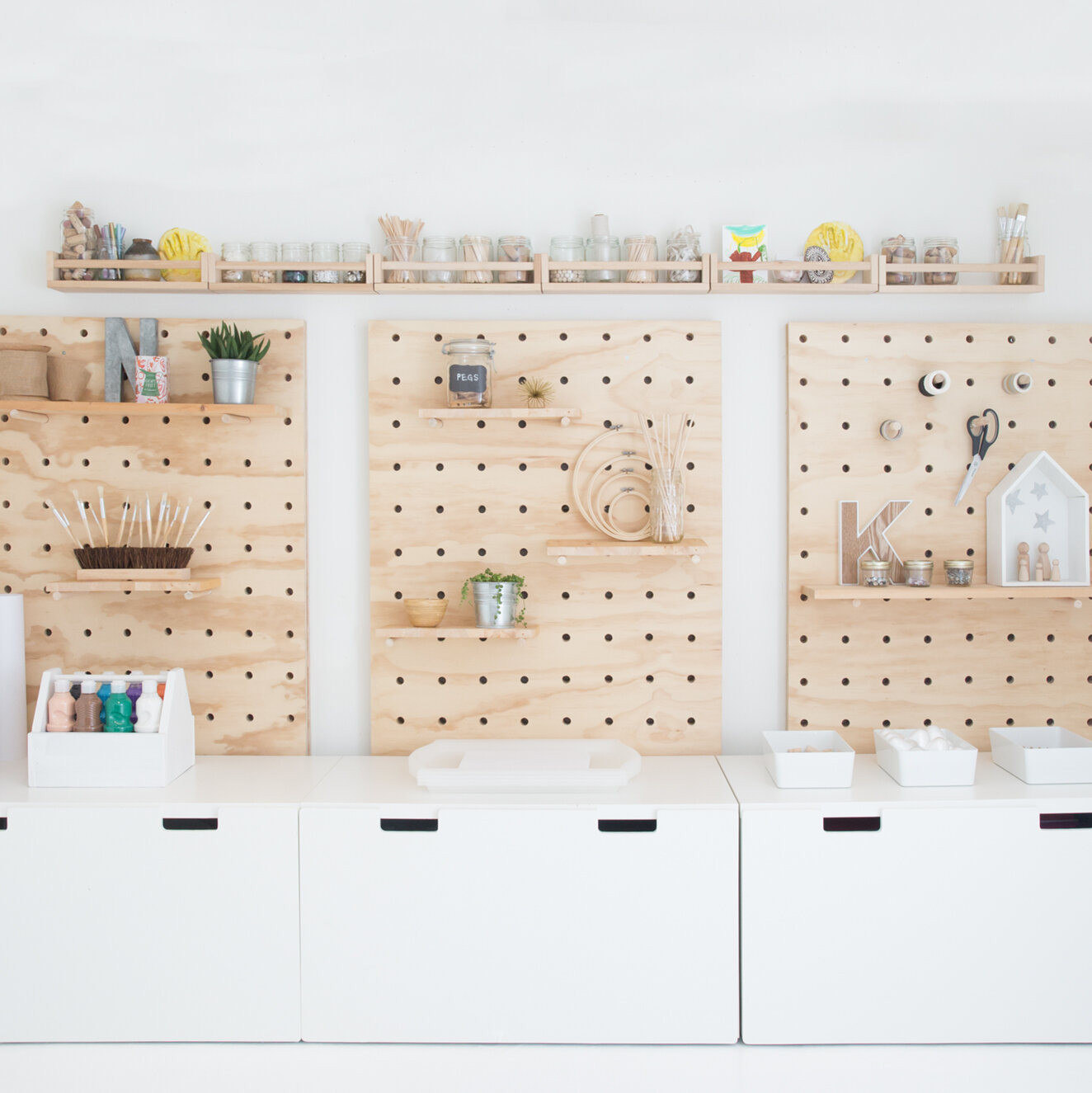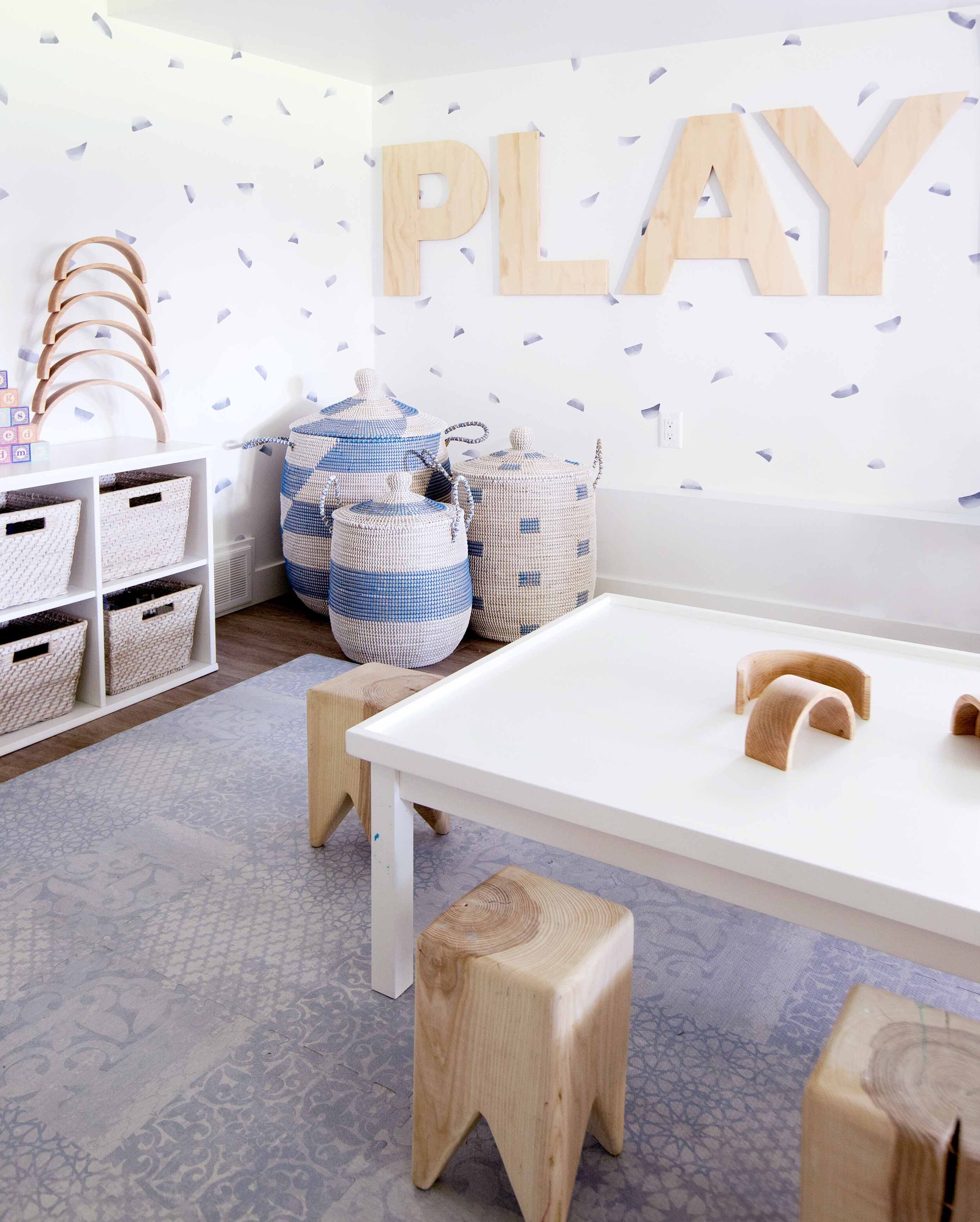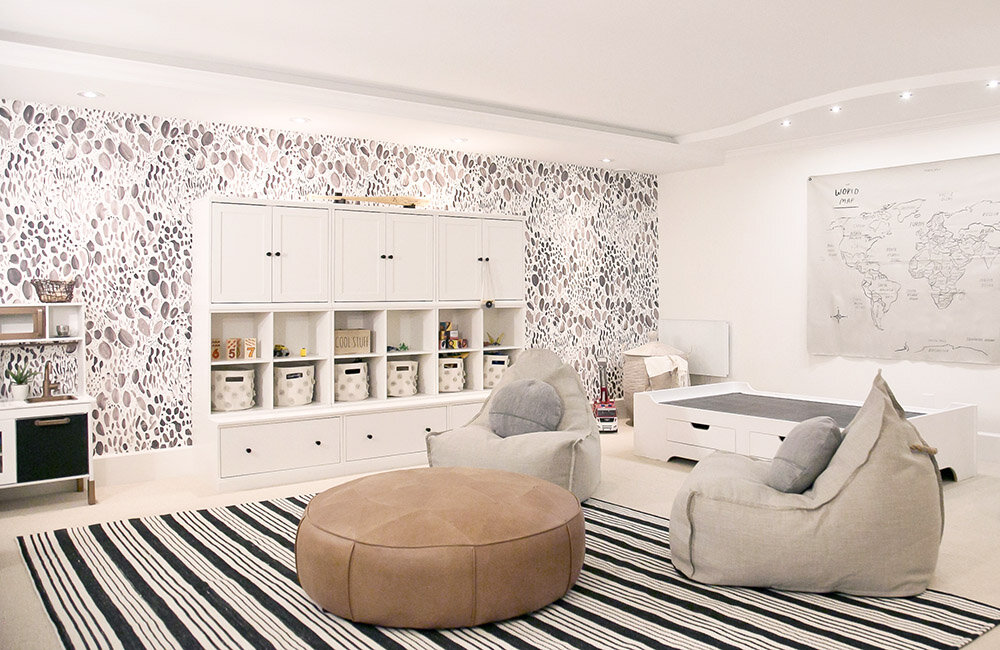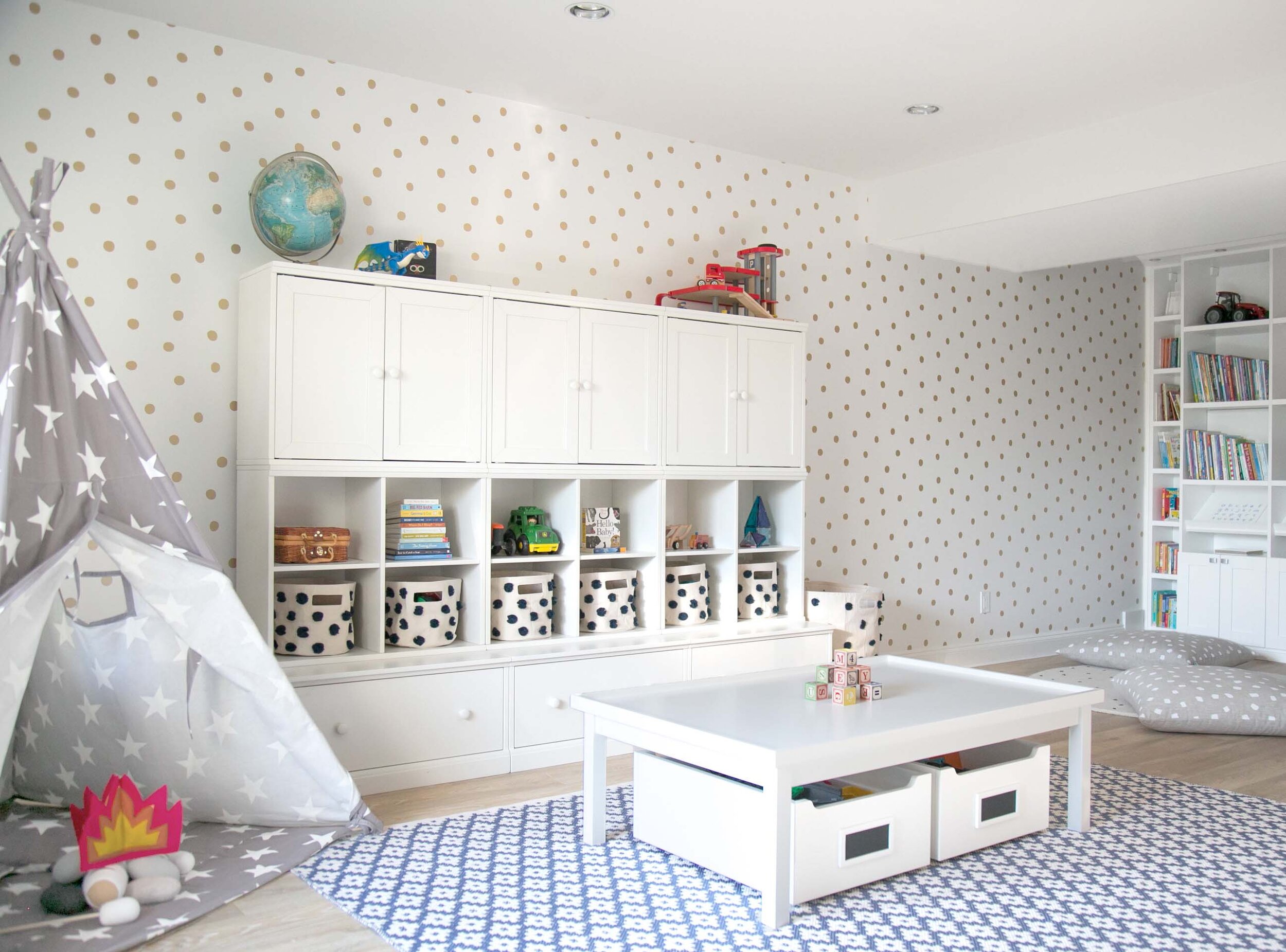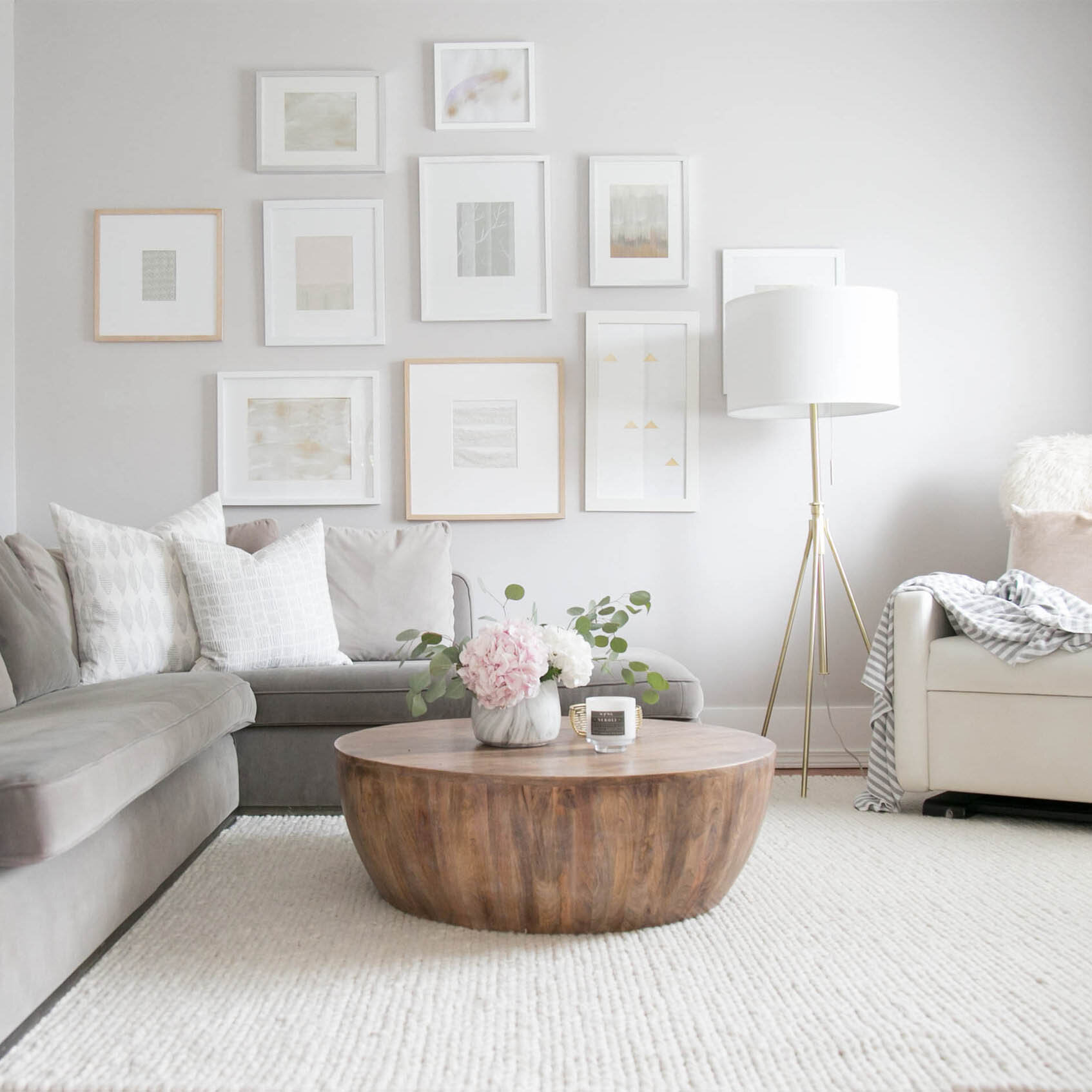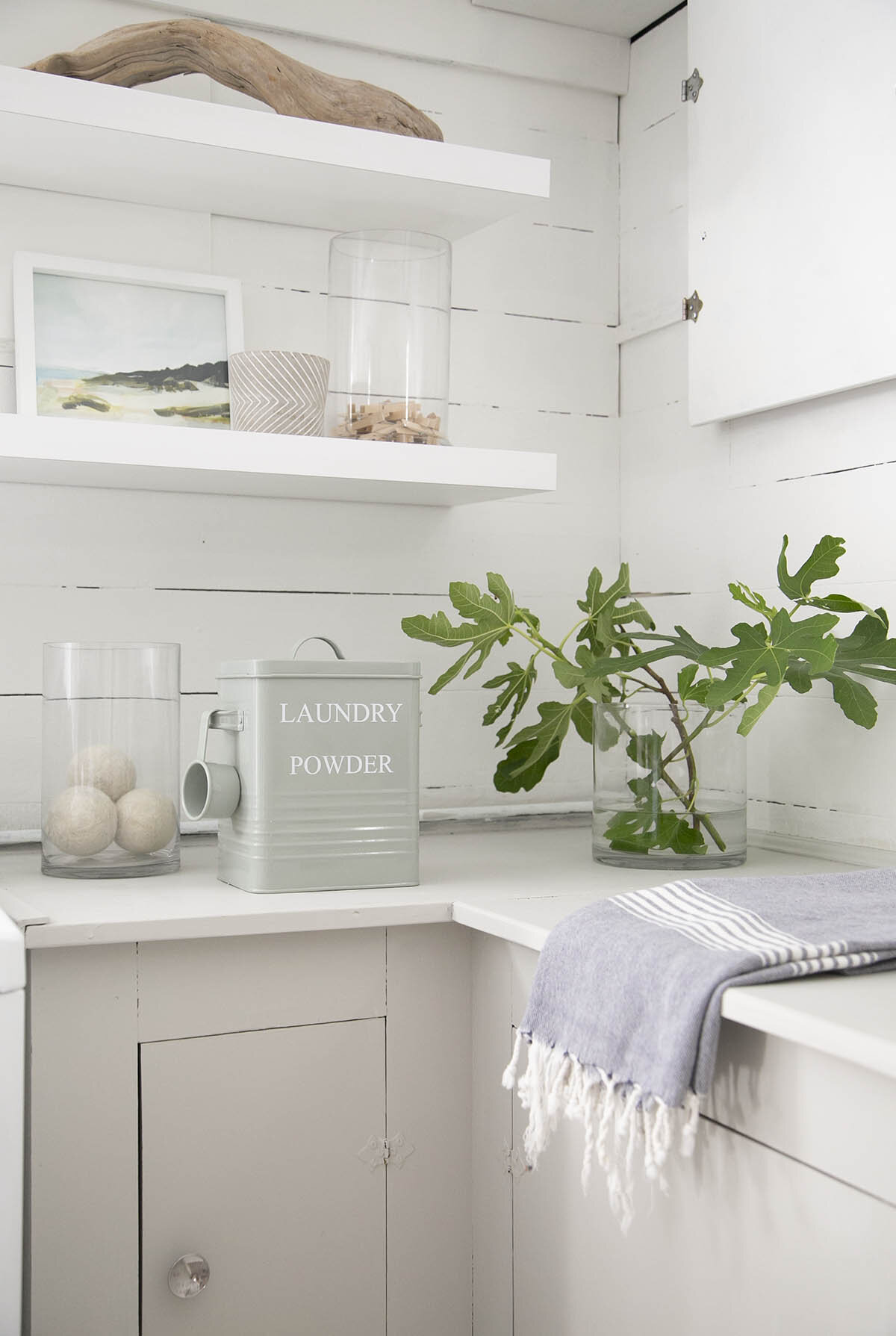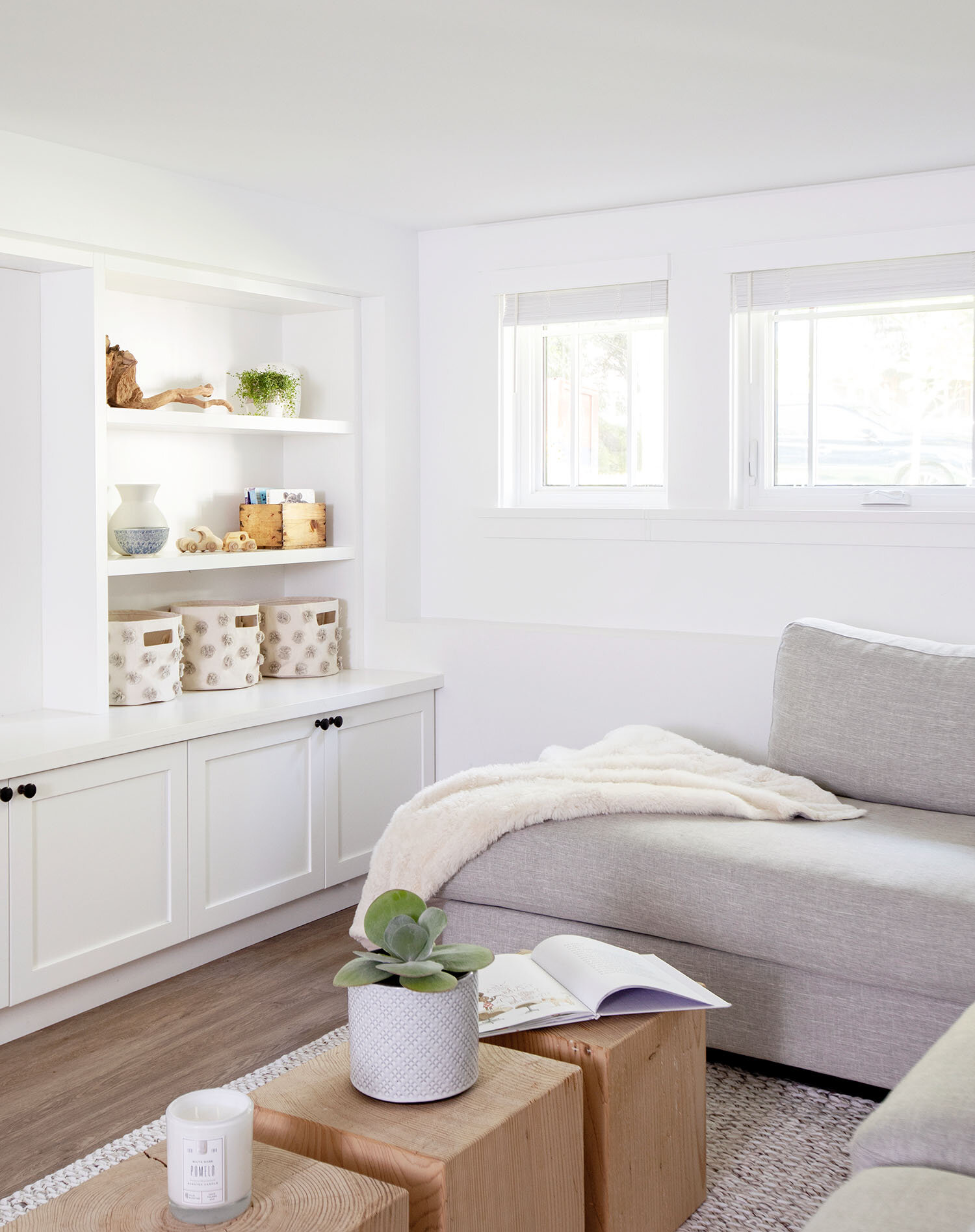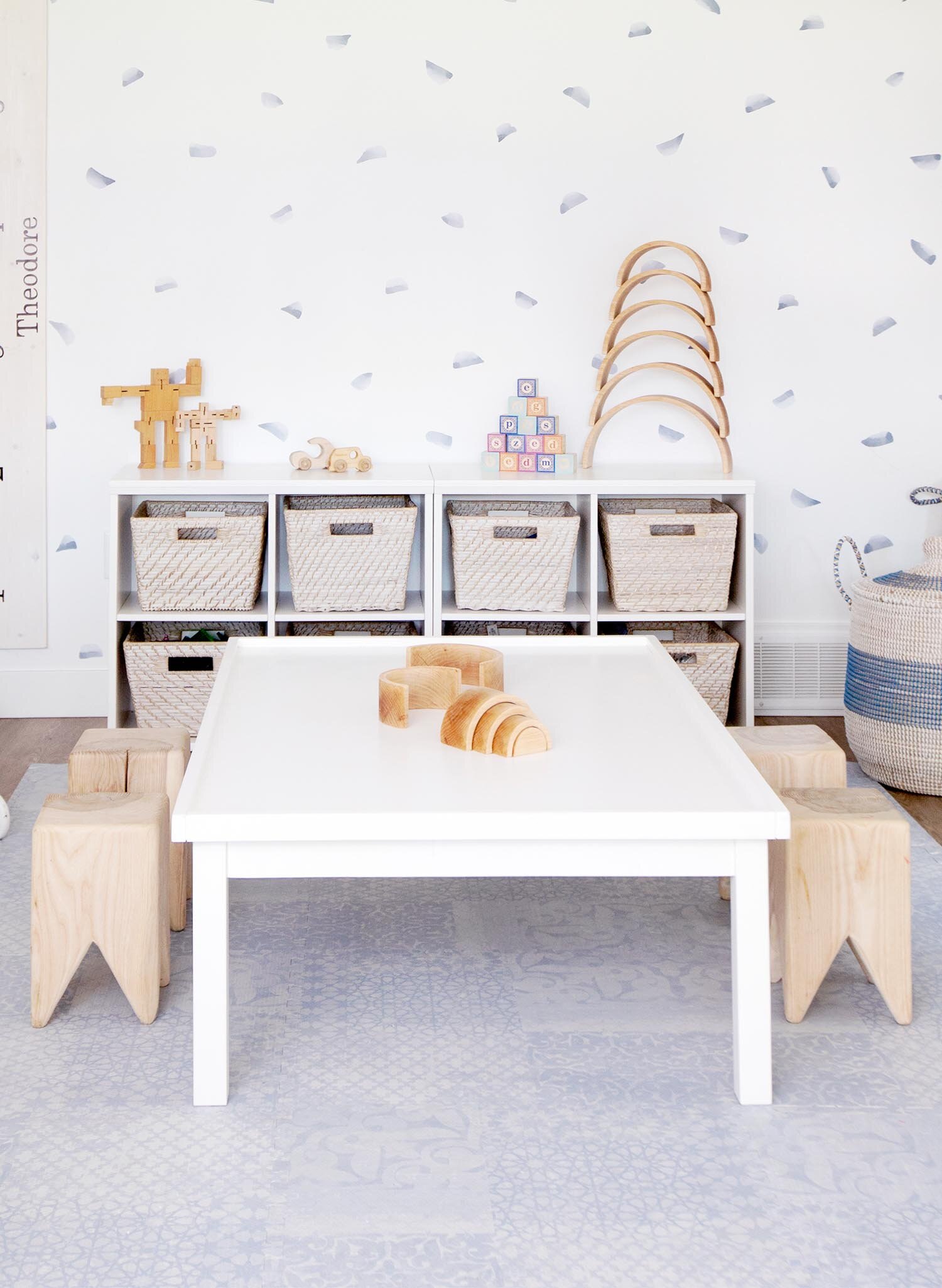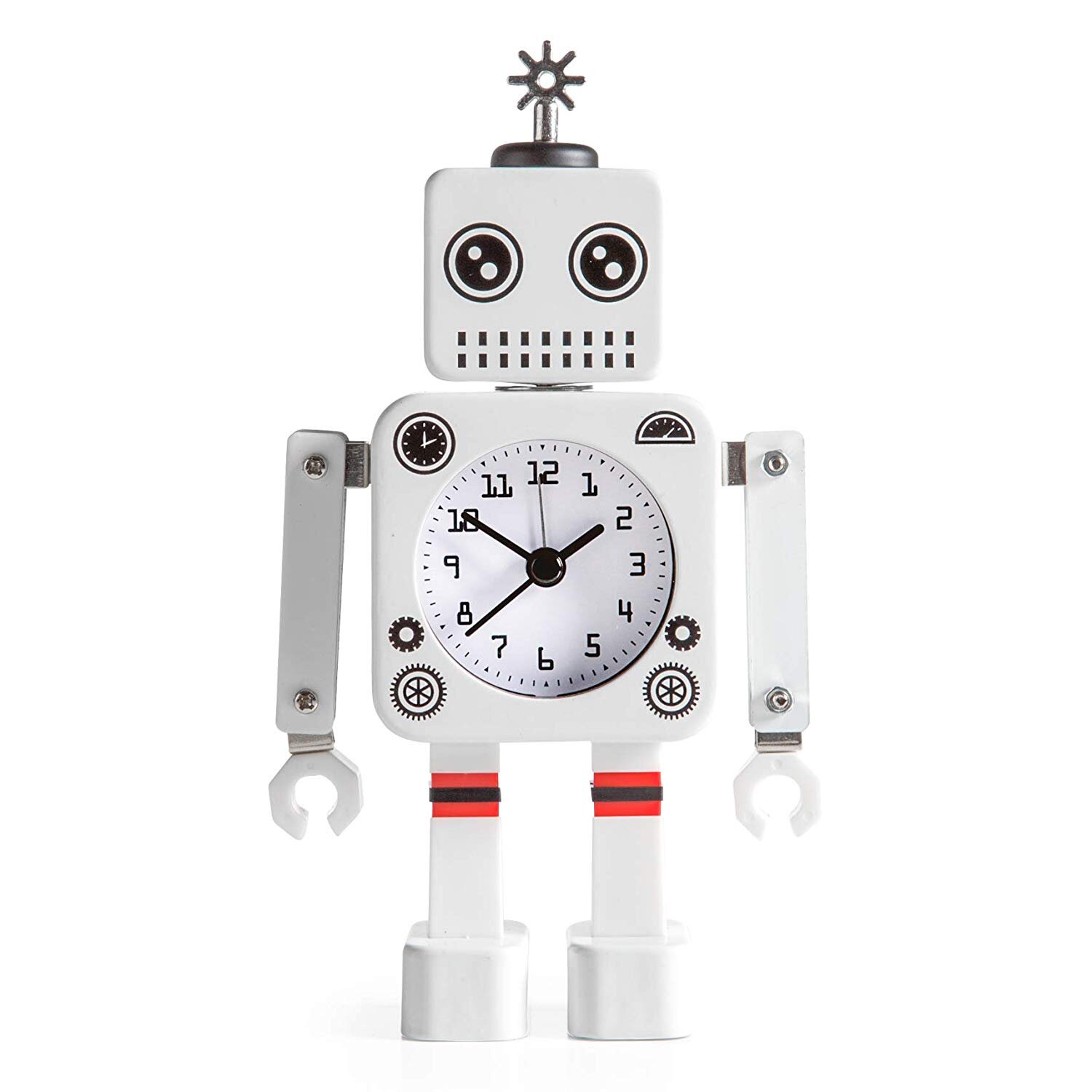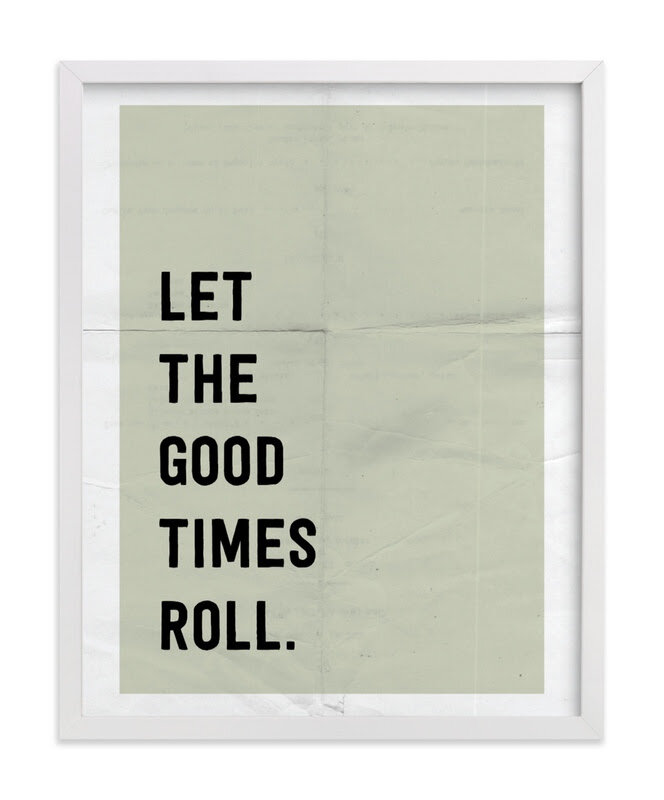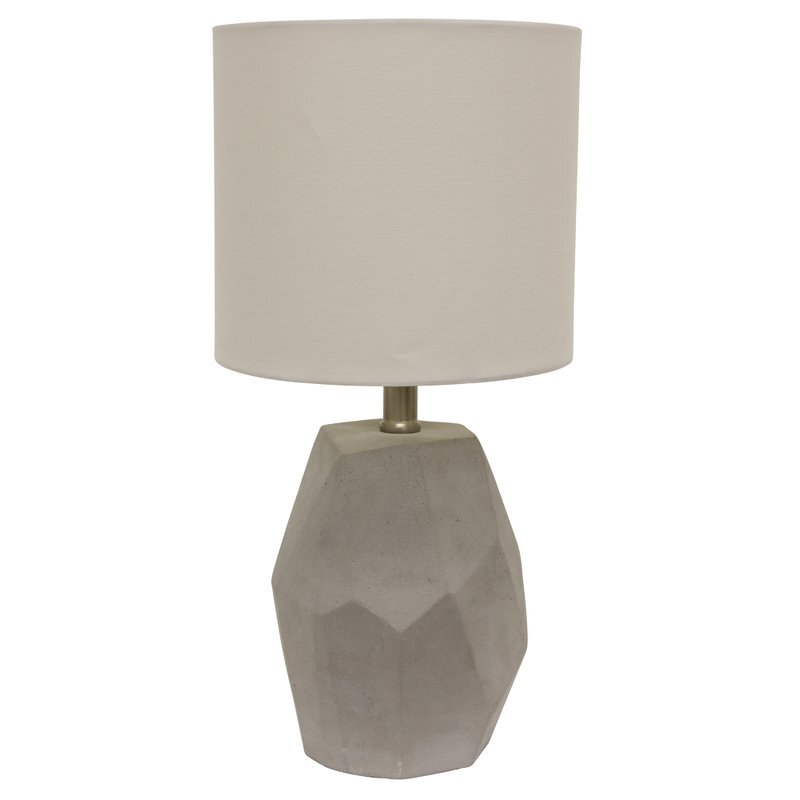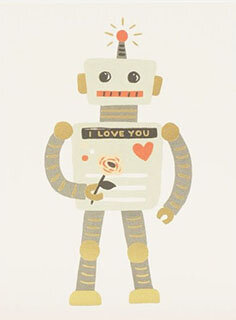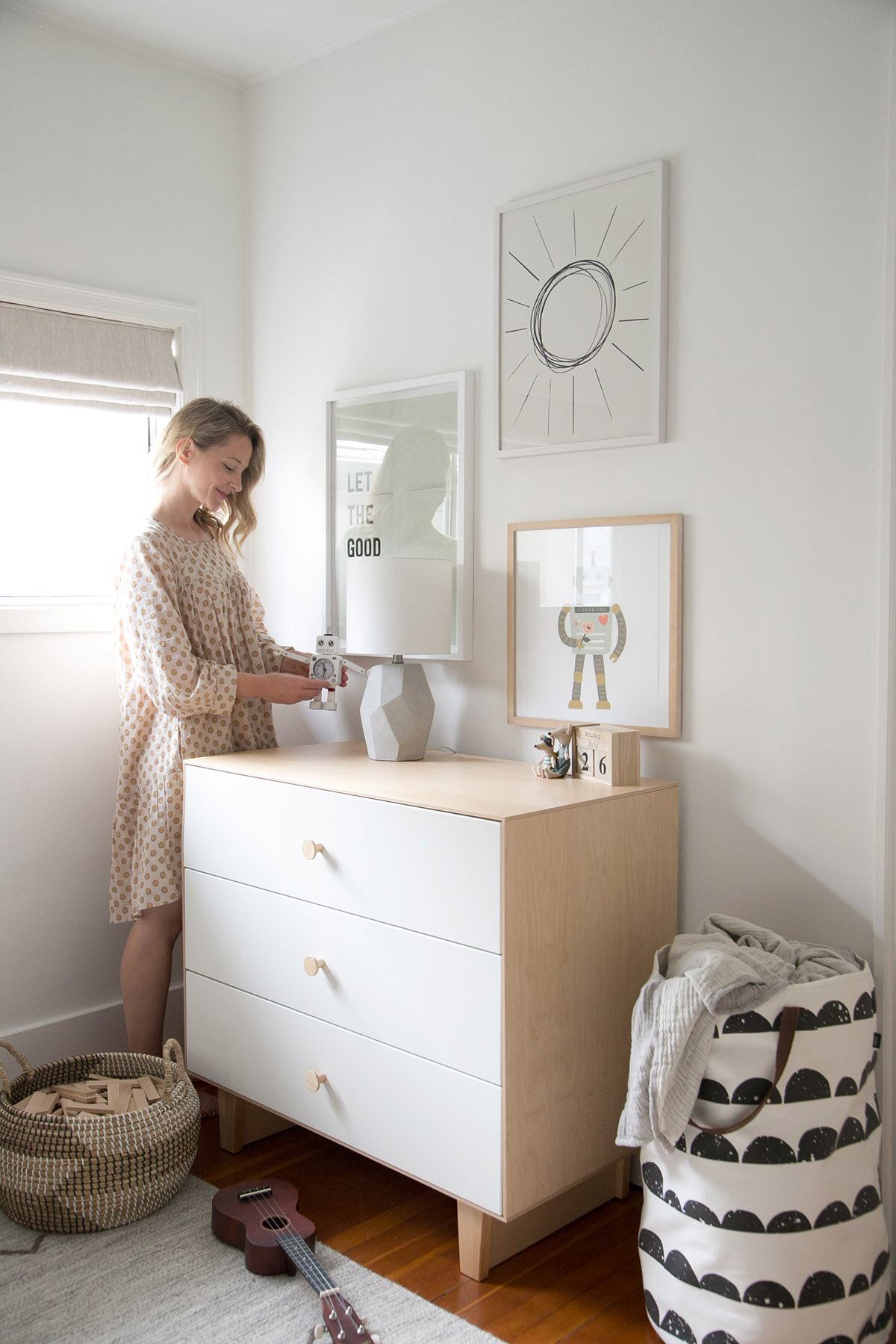I can hardly believe that we are more than halfway through September and that the school year is well underway. I love a fresh start and I always feel like September is the ideal opportunity for a reset. It’s the perfect chance to start a good organization project and today, I’m excited to share a project that I put together over the summer: school memory boxes for our kids! I really wanted to start this year with a place for all of their art, report cards, work we’ve kept and awards they’ve earned in one happy place. This school memory box is something I have only just discovered is ‘a thing’ and even though our kids are 8 and 10, I approached this project with the same motto I approach life…it’s never too late!
SHOP THE POST…
While this is definitely not the least expensive project I’ve done, I think it’s well worth it to have a memory box that you can hand your children later in life that documents their school years in a really practical way.
Ready to make your own school memory box? Let me walk you through how I did it.
Order a letter file box. I ordered this clear box, but any hanging file box will work.
To personalize the box, use decals for either their initial or name. These white decals worked well for our kids’ boxes!
Choose letter-size files WITH tabs; I loved that these files had 3 different colours for our 3 kids!
Order labels for each category/grade that you want: I used Mabels Labels and loved that I could customize them!
If you end up doing this project, I’d love to see! Tag #WDschoolmemorybox on Instagram and I’ll share them as they come in!


